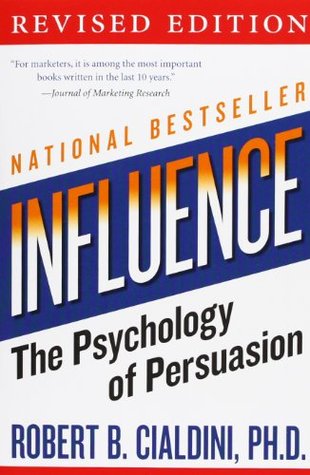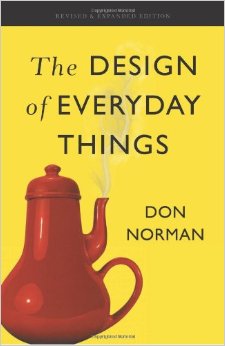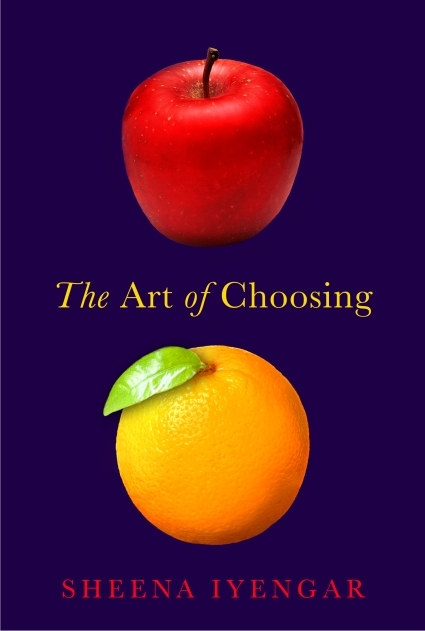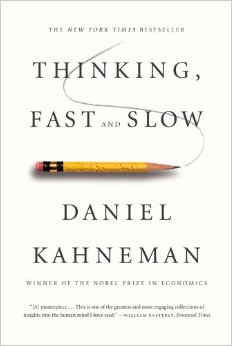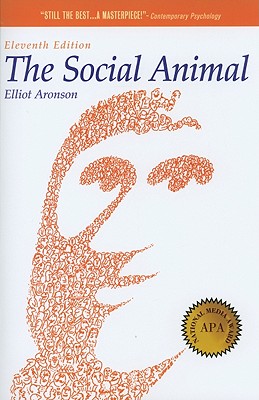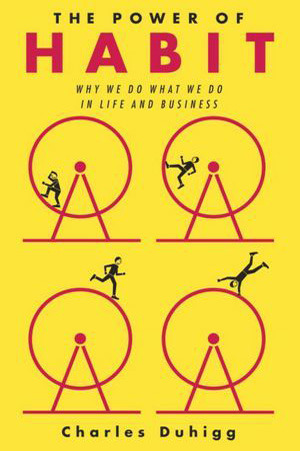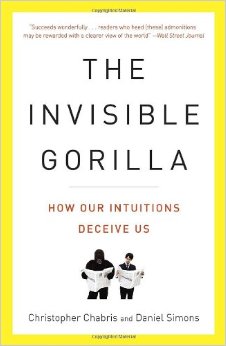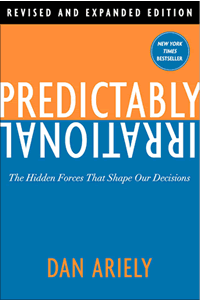
9 behavioral psychology books for persuasive UX design

What does behavioral psychology have to do with UX design?
Well, if you want to design engaging and delightful experiences for people, you have to understand how the human mind works and how we make decisions.
If you understand why people do what they do, it’s easier to get people’s attention and keep it. It’s also easier to get them to take some form of action (like clicking, buying, or subscribing).
But how do you find out what goes on inside the mind of your users?
Thankfully, we can draw on the work of social psychology Ph.D's, behavioral economists, and Nobel Prize winners who've broken down their academic research into engaging, easy-to-understand language in these 11 books.
1. Influence: The Psychology of Persuasion
Influence is probably the most well-known book on persuasion and social influence. It's written by Robert Cialdini, who holds a Ph.D. in social psychology and is currently a Professor Emeritus of Psychology and Marketing at Arizona State University.
Cialdini covers the psychological principles of reciprocity, social proof, liking, authority, and scarcity. What I love about this book is how it illustrates each principle with scientific studies and breaks them down in a way that anyone can understand.
He combines academic research with techniques that he learned working in sales, advertising, and other disciplines that required him to get people to say "yes." This is the book that first got me hooked on psychology, learning about how the mind works, and how to persuade people in an ethical way.
2. The Design of Everyday Things
The Design of Everyday Things is a must-read for anyone in the UX design field. It's a fantastic introduction to the world of product design, stressing the critical importance of taking the needs of the end-user, and the principles of cognitive psychology, into consideration.
It's written by cognitive scientist Don Norman, who's the co-founder of the Nielsen-Norman Group and a fellow at IDEO. Don is one of the people responsible for popularizing the terms "user-centered design" and "design thinking."
He lays out a powerful model for understanding design and approaches the discipline as a way to find solutions to human problems in a simple and straightforward manner.
He uses short case studies to illustrate the psychology of good and bad design—bringing theory to life through the examination of light switches, door knobs, and other commonly used day-to-day items.
3. Hooked: How to Build Habit-Forming Products
I just finished Hooked last month and I've gotta say, it was one of the most fascinating books I've read in a long time. The idea is this: if you can associate your product with people's emotions, eventually, you can get users to come back to your app without even being prompted—simply because they've developed the habit.
The goal is to make your product scratch the user's itch. So that when a college student feels bored, for example (the itch), she automatically and unconsciously opens up Instagram and is presented with a bunch of interesting things to look at (the scratch).
Hooked was written by Nir Eyal, a consultant who teaches about the intersection of psychology, technology, and business. He’s taught courses at the Stanford Graduate School of Business and the Hasso Plattner Institute of Design at Stanford.
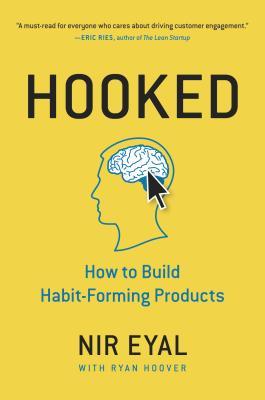
4. The Art of Choosing
The Art of Choosing is an amazing book written by Sheena Iyengar, who holds a Ph.D. in Social Psychology from Stanford University, and is currently a Business Professor at Columbia University.
The core message of the book is that more choice isn't always better, even though we all seem to think it is. When we have a huge variety of options to choose from, we're far less likely to make a choice. And even if we do, we're far more likely to regret the choice we make.
This book is a study of the way people make choices in various areas of life and in various parts of the world, examining the cultural assumptions of different societies in regard to choice.
I first found out about Sheena from her famous jam experiment. She grounds her work in research, much of it her own, but she writes in an engaging way—weaving in stories from her own life and the lives of others.
5. Thinking, Fast and Slow
Thinking, Fast and Slow is a New York Times best-seller written by Daniel Kahneman, Emeritus Professor of Psychology and Public Affairs at Princeton University, and winner of the Nobel Prize in Economics.
This book will help you understand the two mental systems that human beings use to judge the world around us and make decisions. The Fast System is mostly unconscious and makes snap judgments based on our past experiences and emotions. The Slow System is rational, conscious, and deliberate.
They work together to provide a view of the world around us. But the thesis of this book is that human beings are systematically illogical. Not only do we misjudge situations, but we do it in fairly predictable patterns.
6. The Social Animal
The Social Animal is a fun, easy-to-read overview of modern social psychology. It's written by Elliot Aronson, Professor Emeritus at Stanford University, who also holds a Ph.D. in Psychology from Stanford.
Aronson dives into the motives of human behavior and illustrates them with several studies where regular people do the exact opposite of what you'd expect. He also covers topics like the self-fulfilling prophecy, stereotyping, cognitive dissonance, and the gain-loss theory of social interactions.
I really like how he uses analogies to help you understand the concepts and breaks down academic research into a language that's easy to understand.
7. The Power of Habit: Why We Do What We Do in Life and Business
As you can tell from the title, this book is all about habits: how they work, why they exist, and how they can be changed. It's written by Charles Duhigg, a Pulitzer Prize-winning reporter at the New York Times, and Harvard MBA.
Drawing on recent research in experimental psychology, neurology, and applied psychology, Duhigg illustrates just how powerful habits are in our lives. He looks at how habits operate in the brain, how people use them, how companies use them, and how retailers can use them to manipulate buying patterns.
If you're looking for an easy to read book that examines the tiny impulses that drive our desires and behaviors, definitely check out The Power of Habit.
8. The Invisible Gorilla: How Our Intuitions Deceive Us
The Invisible Gorilla is written by Christopher Chabris, Ph.D. in psychology from Harvard University, and Daniel Simons, Ph.D. in Experimental Psychology from Cornell University. They shared the Nobel Prize in Psychology in 2004 for the experiment that inspired this book.
The Invisible Gorilla is about 6 illusions that impact our lives in significant ways: the illusions of attention, memory, knowledge, confidence, causation and myth. The thesis of the book is that we think our mental abilities and capacities are greater than they really are.
If you haven't already seen their world-renowned (and extremely funny) Invisible Gorilla video, I suggest you check it out now.
9. Predictably Irrational: The Hidden Forces That Shape Our Decisions
In Predictably Irrational, Dan Ariely, Professor of Psychology and Behavioral Economics at Duke University, refutes the common assumption that human beings behave in rational ways that serve our best interest.
His thesis is that our irrational behaviors are neither random nor senseless—they're systematic and predictable. And he presents a variety of ways that people are wired and conditioned to be irrational—usually without even being aware of it.
The message of this book can kind of be a downer, but it's important to be aware of what's really going on when people make decisions. But on the bright side, you'll find yourself smiling every few pages because you've totally behaved in the irrational manner that he's describing. (Don't worry; we all have.)

Watch a demo
See how easy it is to get fast feedback on a website, prototype, design, or more in this demo.
